Franklin, Worcester county towns receive funds for dam removal studies
| Published: 12-25-2023 5:00 PM |
The Healey-Driscoll Administration will fund the dam removal preliminary design studies for seven municipalities by the Department of Fish and Game’s (DFG) Division of Ecological Restoration (DER).
“We saw this summer the devastation that can be caused when aging infrastructure gets overwhelmed by extreme weather,” said Energy and Environmental Affairs Secretary Rebecca Tepper. “A few months ago, we released ResilientMass, our strategy to build safer, more resilient communities in the face of climate change. Through ResilientMass, we’re funding initiatives like this one to support local communities take on these tough challenges and fund nature-based solutions to protect our residents.”
These studies, funded and managed by DER, help owners of significant hazard dams assess risks and opportunities associated with potential dam removal projects and provide DER with critical information for future ecological restoration and climate adaptation planning. DER is supporting these preliminary design studies with $350,000 divided evenly amongst the seven dams, with $250,000 from the State Hazard Mitigation and Climate Adaptation Plan (SHMCAP) and $100,000 in funding from DER Operational funds.
“I am very grateful to the Healey Driscoll administration for recognizing the importance of helping our small communities protect infrastructure while also recognizing the importance of our waterways and local ecosystems.” said State Representative Susannah Whipps, I-Athol.
Athol is among those communities which will receive funding for the removal studies. The Bates Power Reservoir Dam near Athol Road in Phillipston is owned by Athol, and according to Town Manager Shaun Suhoski, acquired nearly a century ago. Suhoski added that the town offered the dam back to Phillipston for $1, which that community’s Board of Selectmen declined two months ago. According to the National Inventory of Dams, it is nine feet high, covers an area of 230 acres and was completed in 1923. It is listed in poor condition with a significant hazard potential.
“Because the dam serves no functional purpose to the residents of Athol, and remains subject to Office of Dam Safety oversight by the state, my goal is to eliminate this liability either by sale of the dam or by removal of same to mitigate future maintenance costs and any downstream liability risks,” wrote Suhoski in an e-mail.
Department of Public Works Superintendent Dick Kilhart said that the reservoir was originally called the Athol Water Company and was intended to be a public water supply, which he said was common in that time. This never happened, however, as the town has long since had its own well water system. In fact, Kilhart said it wasn’t until 2010 that the town even realized it owned the dam.
“In 2010, the Mass Office of Dam Safety came here and suggested that they needed to do some work and do some tree cutting,” Kilhart said. “There are some huge trees growing out of it and it was classified as a high-hazard dam.”
Article continues after...
Yesterday's Most Read Articles
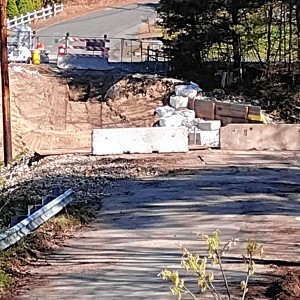 Work on Pinedale Avenue Bridge connecting Athol and Orange to resume
Work on Pinedale Avenue Bridge connecting Athol and Orange to resume
 PHOTOS: Enchanted Orchard Renaissance Faire at Red Apple Farm
PHOTOS: Enchanted Orchard Renaissance Faire at Red Apple Farm
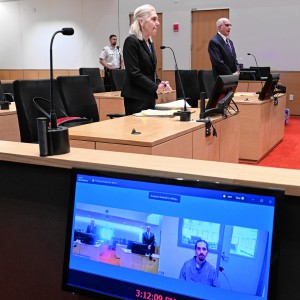 Lawyer argues Joshua Hart’s 2018 conviction for Orange murder had inconsistent verdicts
Lawyer argues Joshua Hart’s 2018 conviction for Orange murder had inconsistent verdicts
 UMass basketball: Minutemen nab another transfer in Arizona State forward Akil Watson
UMass basketball: Minutemen nab another transfer in Arizona State forward Akil Watson
 ‘Arrive Alive’ shows Athol High School students the dangers of impaired driving
‘Arrive Alive’ shows Athol High School students the dangers of impaired driving
 Orange Selectboard declares armory as surplus property
Orange Selectboard declares armory as surplus property
Kilhart said some minor work has been done, but the dam is largely unchanged from when the town first acquired it. At this time the dam cannot be dewatered—the process by which the water is removed from the reservoir.
“We’d need to create a structure to dewater, and this can get very expensive,” Kilhart said. “We’re a groundwater town, we’d never use this (the reservoir). There are a few homes around that pond. They could purchase it, and would need to maintain that pond.”
Kilhart said with the recent extreme weather, the Office of Dam Safety is adamant that extensive repair work be done. The reservoir itself is only about four feet deep, he said, and silt has built up over the years.
“It could wash some roads out, Athol Road or Route 2A,” said Kilhart on the possibility of a flood. “We’re just trying to look at it proactively and be presumptive with all these weather events that we’re having and get a sense of the options presented to us.”
The qualifying projects include the Colrain Lower Reservoir Dam, located in the East Brook, a Coldwater Fish Resource, and upstream of critical habitat. The dam is owned by the Colrain Fire District, according to Town Administrator Kevin Fox. The town applied for the grant on behalf of the self-governing district. Fox explained the dam is no longer used.
“It is an old dam, full of silt,” he said.
According to the National Inventory of Dams, the 15-foot concrete dam was constructed in 1902. It was marked as in fair condition, but with a significant hazard potential during its last inspection in 2012.
The other project in Franklin County is the privately owned Dudleyville Pond Dam located in Shutesbury. The dam is located on an unnamed tributary to the Sawmill River
According to the National Inventory of Dams, the 17-foot earth dam was constructed in 1950 for recreational use. It is owned by Lois Brown. It was last inspected in 2017 and marked as a significant potential hazard in unsatisfactory condition.
There are over 3,000 dams in Massachusetts, most of which no longer serve their original purpose and many of which are in disrepair. These dams can result in poor water quality, blocked passage for fish and wildlife, increased flood risk, and public safety hazards. Removing unwanted dams fixes these issues and benefits communities through increased climate resilience and the elimination of dam operation and maintenance burdens for landowners. These preliminary design studies funded and led by DER will gather and synthesize information for each dam to inform future removal projects.
The State Hazard Mitigation and Climate Adaptation Plan (SHMCAP) was adopted in September as the Commonwealth’s 2023 ResilientMass Plan. The plan aims to outline a path toward building long-term resilience throughout Massachusetts by leveraging historical risk data and integrating that data with projected future climate conditions. The ResilientMass Plan identifies strategies and specific, measurable actions state agencies will take to address risks to the human health and safety, communities, critical assets and infrastructure, natural resources, governance, and economy of the Commonwealth. The ResilientMass Plan includes several priority actions related to dam removal, ecological restoration, and flood risk reduction, and progress is tracked via the Agency Action Tracker found at resilient.mass.gov.
“DFG is excited to catalyze dam removal at these significant-hazard dams, bringing us a step closer to restoring rivers,” said Department of Fish and Game Commissioner Tom O’Shea. “The work supports Governor Healey’s recent Biodiversity Executive Order by restoring rivers and the plants and animals that depend on them. This work will also benefit communities throughout Massachusetts through improved water quality, increased climate resilience, and reduced public safety risk.”
Reach Bella Levavi at 413-930-4579 or blevavi@recorder.com.
Max Bowen can be reached at 413-930-4074 or at mbowen@recorder.com.

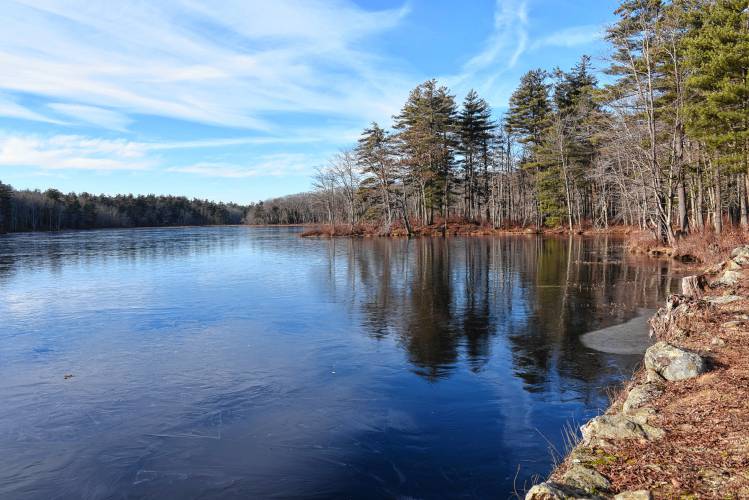
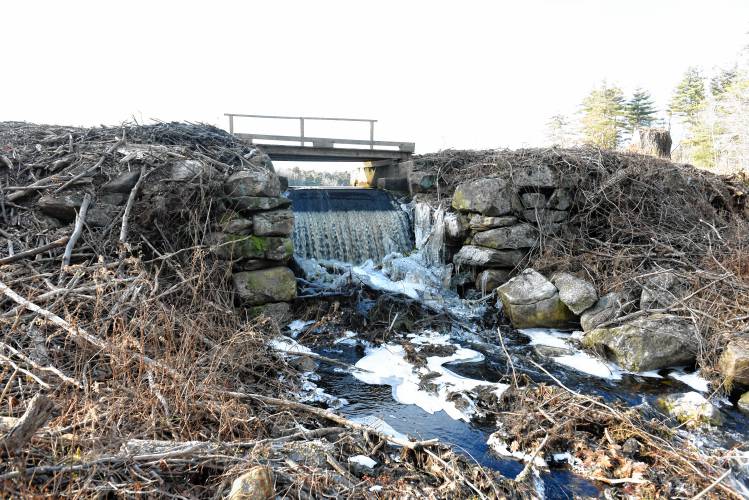
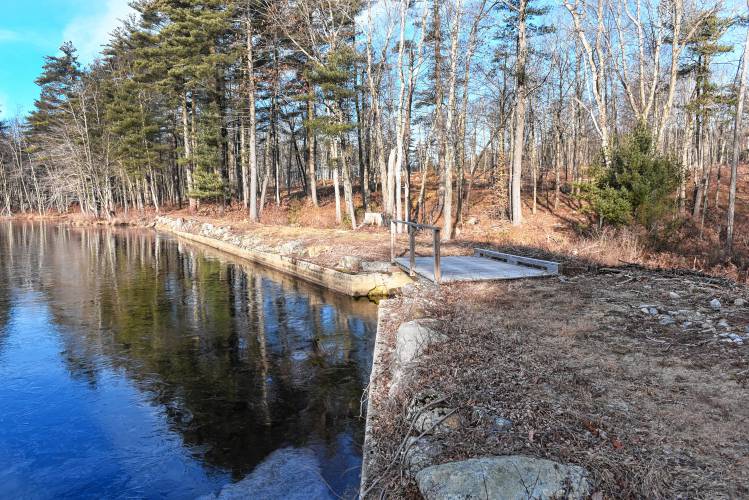
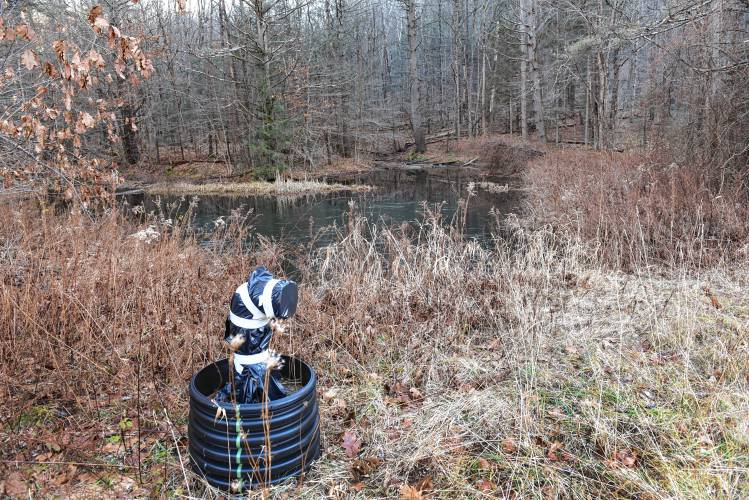
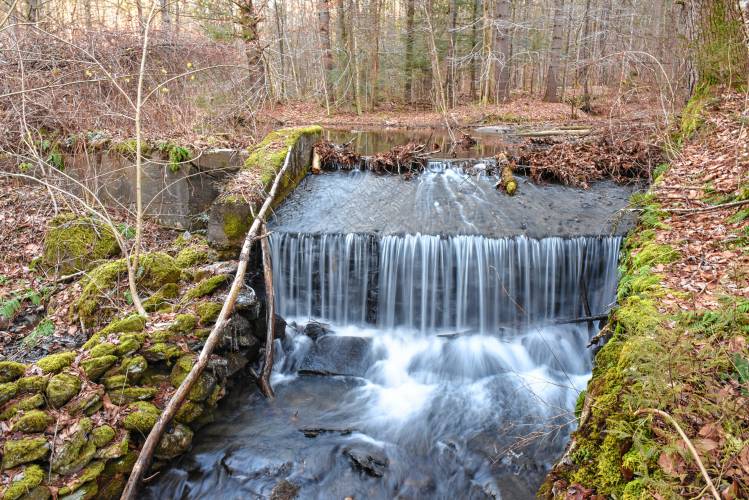
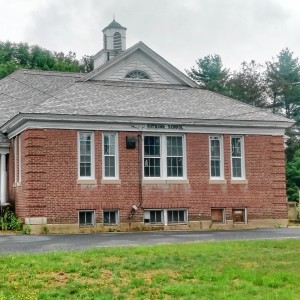 $700K debt exclusion would fund repairs to Raymond Hall
$700K debt exclusion would fund repairs to Raymond Hall Erving voters say ‘no’ to $3.7M debt exclusion
Erving voters say ‘no’ to $3.7M debt exclusion More than 130 arrested at pro-Palestinian protest at UMass
More than 130 arrested at pro-Palestinian protest at UMass